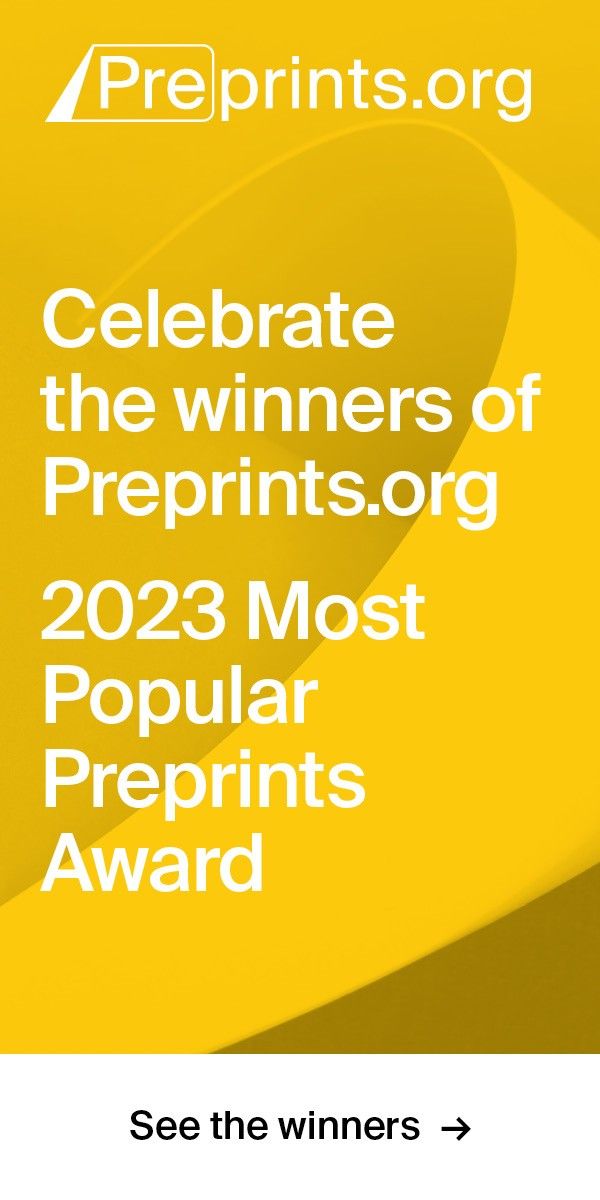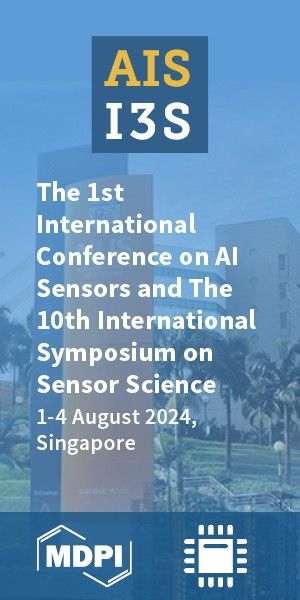Article
Version 2
Preserved in Portico This version is not peer-reviewed
Valid Quantization: The Next Step
Version 1
: Received: 7 June 2022 / Approved: 8 June 2022 / Online: 8 June 2022 (14:50:45 CEST)
Version 2 : Received: 8 June 2022 / Approved: 14 June 2022 / Online: 14 June 2022 (09:51:02 CEST)
Version 2 : Received: 8 June 2022 / Approved: 14 June 2022 / Online: 14 June 2022 (09:51:02 CEST)
How to cite: Klauder, J. Valid Quantization: The Next Step. Preprints 2022, 2022060130. https://doi.org/10.20944/preprints202206.0130.v2 Klauder, J. Valid Quantization: The Next Step. Preprints 2022, 2022060130. https://doi.org/10.20944/preprints202206.0130.v2
Abstract
Canonical quantization is a wonderful procedure for selected problems, but there are many problems for which it fails. Affine quantization is a different procedure that has shown that it can solve many problems that canonical quantization cannot. Here, words like succeed and fail refer to whether the quantization results are correct or incorrect. This paper offers two simple examples that serve to introduce affine quantization, and compare studies of two different quantization procedures. Brief comments about field theory and gravity problems undergoing quantization by affine procedures completes the paper.
Keywords
valid quantization; affine quantization; canonical quantization
Subject
Physical Sciences, Acoustics
Copyright: This is an open access article distributed under the Creative Commons Attribution License which permits unrestricted use, distribution, and reproduction in any medium, provided the original work is properly cited.
Comments (1)
We encourage comments and feedback from a broad range of readers. See criteria for comments and our Diversity statement.
Leave a public commentSend a private comment to the author(s)
* All users must log in before leaving a comment







Commenter: John Klauder
Commenter's Conflict of Interests: Author